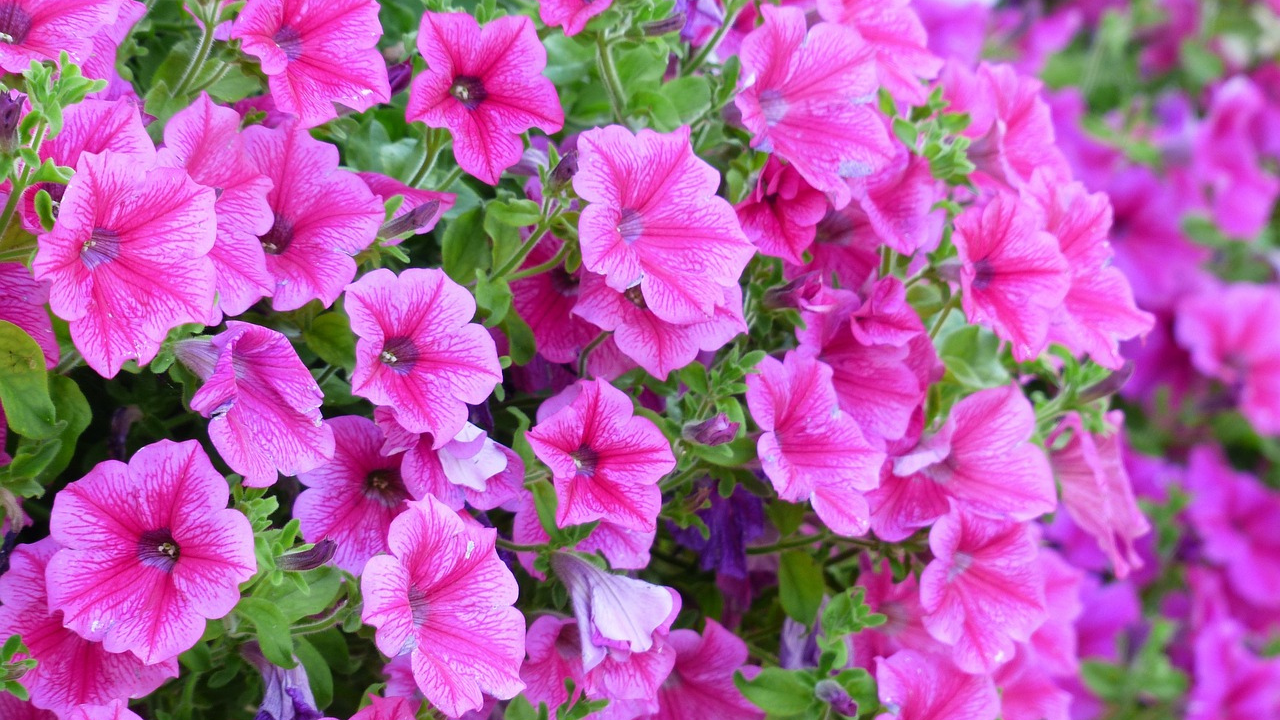Struggling to grow petunias? Learn the secrets to successful seed starting, from sowing to stunning flowers. Get your guide now!
Introduction
Petunias are popular flowering plants known for their vibrant colors and easy care. Growing petunias from seeds is a rewarding experience that allows gardeners to witness the entire growth process, from germination to blooming. In this guide, we will explore the step-by-step process of growing petunias from seeds.
Benefits of Growing Petunias from Seeds
Growing petunias from seeds offers several advantages over purchasing established plants. Firstly, it provides a wider selection of varieties to choose from, including unique colors and patterns. Additionally, starting from seeds is often more cost-effective than buying seedlings or mature plants. Moreover, growing petunias from seeds allows gardeners to develop a deeper connection with their plants, starting from the earliest stages of growth.
Choosing the Right Seeds
Before starting your petunia-growing journey, it's essential to choose the right seeds. Petunia seeds come in various types, including grandiflora, multiflora, and milliflora, each with its unique characteristics. When selecting seeds, opt for high-quality ones from reputable sources to ensure better germination rates and healthier plants.
Preparing the Soil
Petunias thrive in well-draining soil with a slightly acidic pH level between 6.0 and 7.0. Before planting, amend the soil with organic matter to improve its texture and fertility. Ensure that the soil is loose and friable to allow for proper root development.
Planting Petunia Seeds
Plant petunia seeds indoors approximately 10-12 weeks before the last frost date in your area. Sow the seeds thinly on the soil surface and cover them lightly with a fine layer of vermiculite or perlite. Maintain consistent moisture levels and provide bottom heat if possible to encourage germination.
Providing Optimal Growing Conditions
Petunias require full sunlight to thrive, so choose a location with at least six hours of direct sunlight per day. Water the seedlings regularly, keeping the soil evenly moist but not waterlogged. Avoid overhead watering to prevent fungal diseases, and provide adequate air circulation around the plants.
Fertilizing Petunias
Once the seedlings have established their first set of true leaves, begin fertilizing them with a balanced liquid fertilizer every two weeks. Dilute the fertilizer according to the manufacturer's instructions to prevent nutrient burn. Avoid over-fertilizing, as this can lead to excessive foliage growth at the expense of flowers.
Pruning and Maintenance
To encourage continuous blooming, remove faded flowers (deadheading) regularly to prevent seed formation. Additionally, trim the plants occasionally to maintain their shape and prevent them from becoming leggy. Pruning also promotes bushier growth and more prolific flowering.
Dealing with Pests and Diseases
Common pests that may affect petunias include aphids, spider mites, and caterpillars. Monitor your plants regularly for signs of infestation, and take appropriate measures such as handpicking or applying insecticidal soap if necessary. To prevent diseases like powdery mildew and botrytis, avoid overhead watering and ensure good air circulation around the plants.
Transplanting Petunias
Once the seedlings have grown large enough and the danger of frost has passed, transplant them into their final growing location outdoors. Space the plants according to their mature size, typically 12-18 inches apart, and water them thoroughly after transplanting to help them settle in.

Tips for Success
- Choose a well-drained location with plenty of sunlight.
- Avoid overwatering, especially during humid weather.
- Mulch around the plants to conserve moisture and suppress weeds.
- Pinch back young plants to encourage branching and more flowers.
- Deadhead regularly to prolong the blooming period.
FAQs
-
Can I plant petunias directly in the garden?
- Yes, you can sow petunia seeds directly in the garden after the danger of frost has passed, but starting them indoors allows for earlier blooming.
-
How long does it take for petunia seeds to germinate?
- Petunia seeds typically germinate within 7-14 days under optimal conditions.
-
Do petunias attract bees and butterflies?
- Yes, petunias are known for attracting pollinators such as bees and butterflies with their colorful flowers.
-
Can I save seeds from my petunia plants for next year?
- Yes, you can save seeds from mature petunia plants, but keep in mind that hybrid varieties may not come true from seed.
-
Are petunias annual or perennial plants?
- Petunias are usually grown as annuals in most regions, but they may behave as perennials in frost-free areas with mild winters.
Conclusion
Growing petunias from seeds is a fulfilling and rewarding experience that allows you to witness the entire growth process, from seed to bloom. By following the step-by-step guide outlined above and providing optimal growing conditions, you can enjoy a vibrant display of colorful flowers throughout the growing season.

